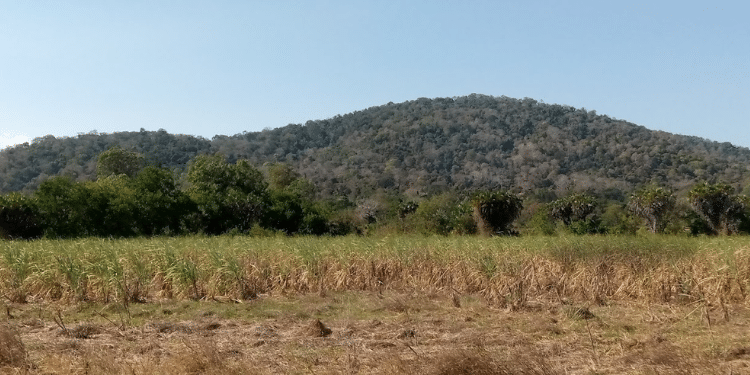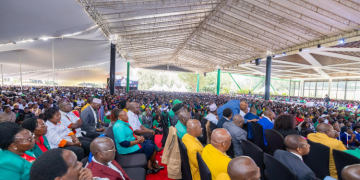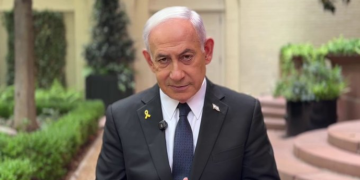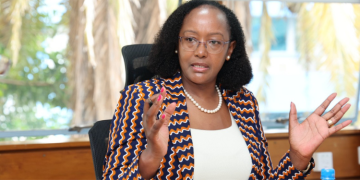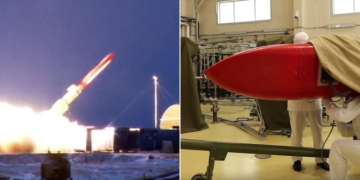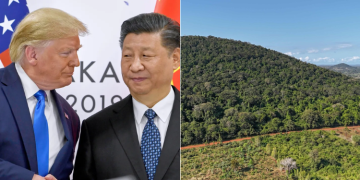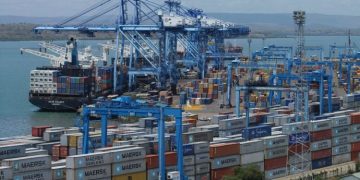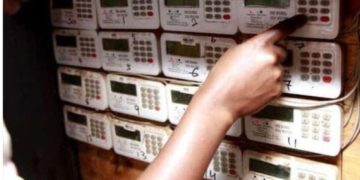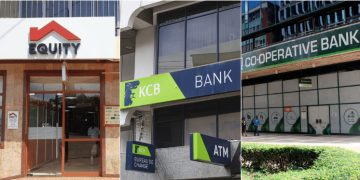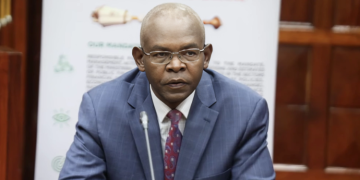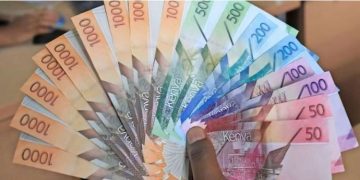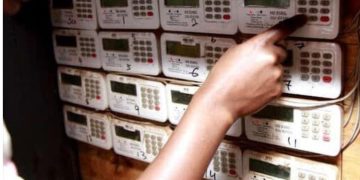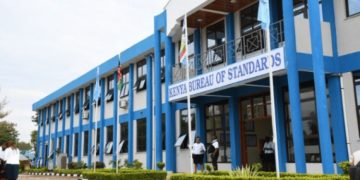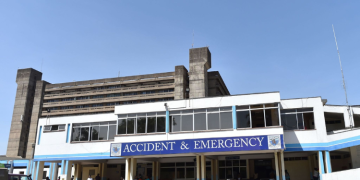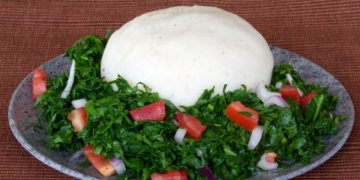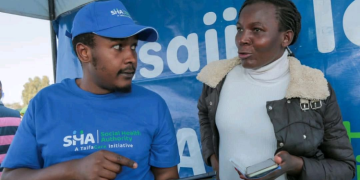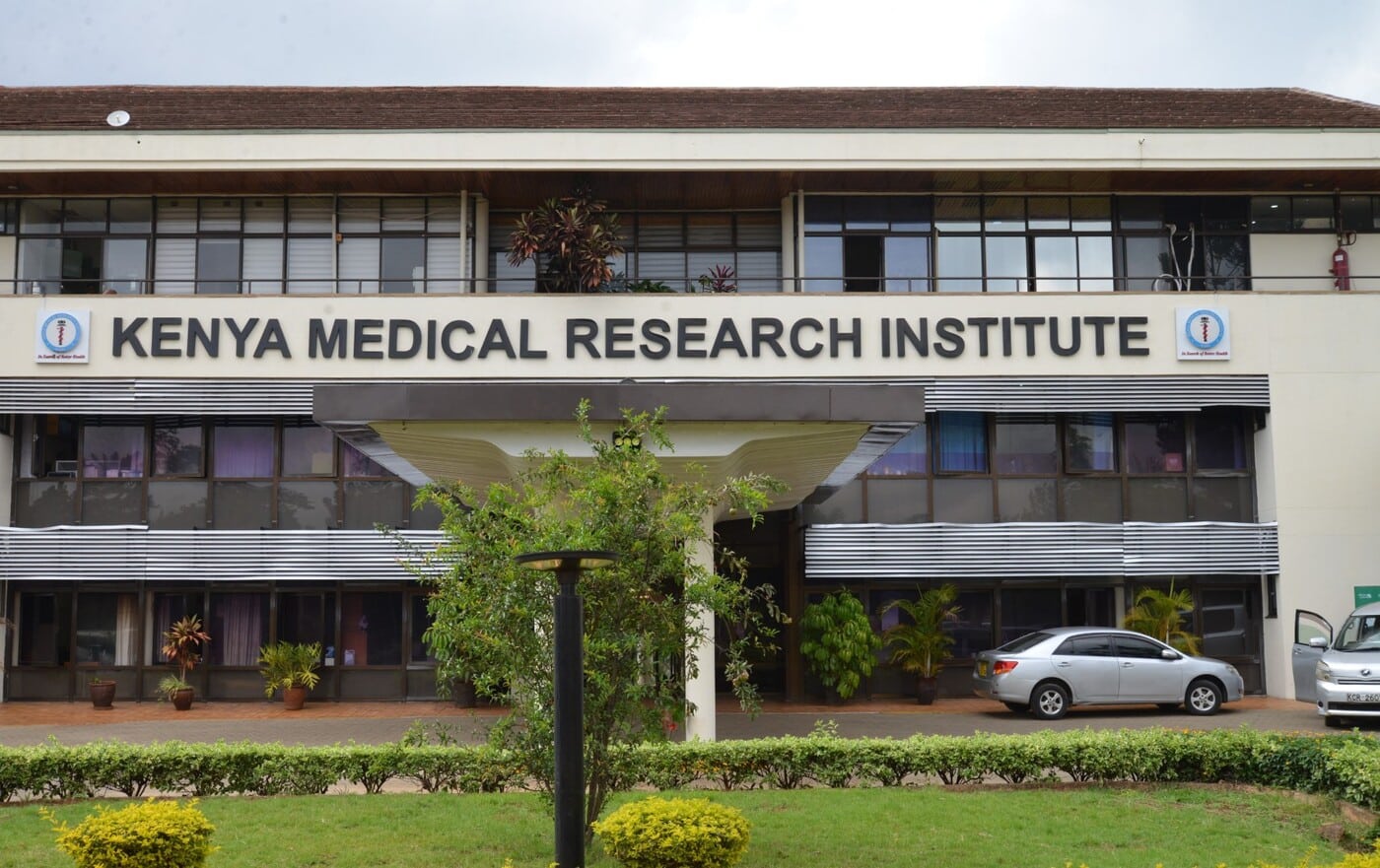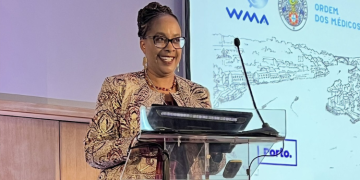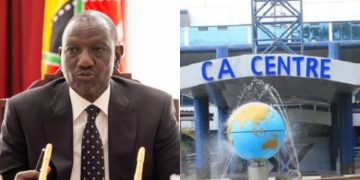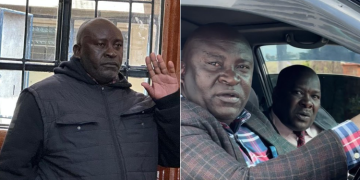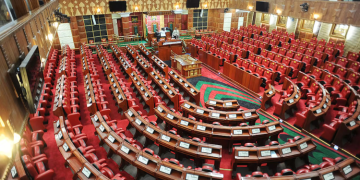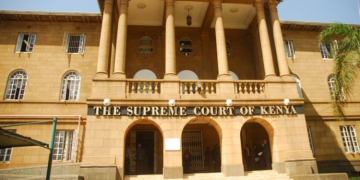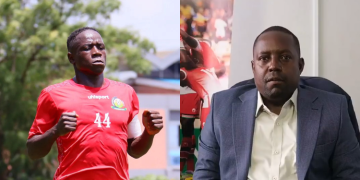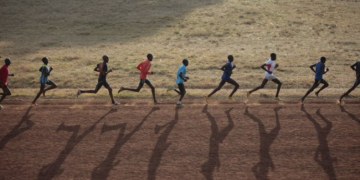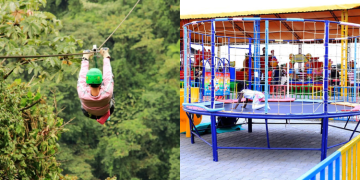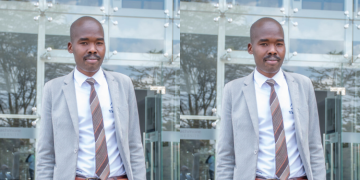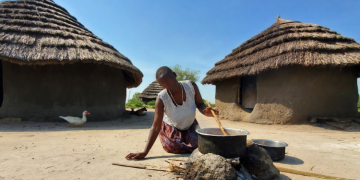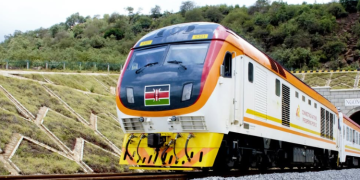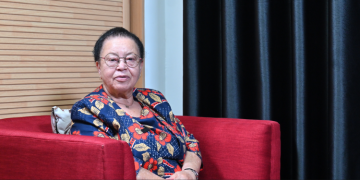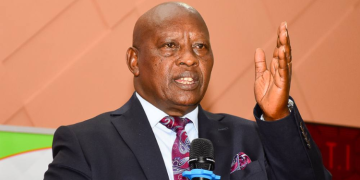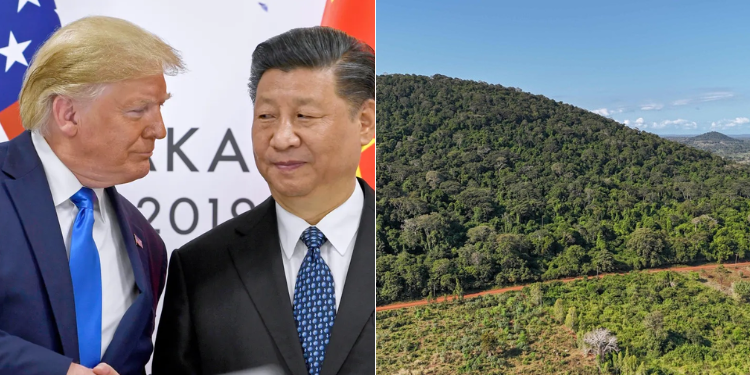Global powers, including the United States and China, are eyeing a mineral-rich forest in Lunga Lunga, Kwale County, which has recently become a source of growing tension along Kenya’s Coast. Locals have expressed fears about the possible exploitation of rare-earth deposits worth trillions of shillings. The Mrima Hill complex, believed to host one of the world’s largest rare-earth mineral reserves—resources critical to high-tech and low-carbon industries—has drawn the attention of several global investors.
US, China Eye Kenya’s Mrima Hill Rich in Rare Minerals Worth Billions
Mrima Hill is believed to host one of Kenya’s largest deposits of rare earths and niobium.
In 2013, Cortec Mining Kenya, a subsidiary of UK- and Canada-based Pacific Wildcat Resources, estimated the deposits to be worth US$62.4 billion, including large quantities of niobium, a metal used to strengthen steel.
In June, US official Marc Dillard visited the site while serving as the interim ambassador to Kenya.
In recent months, other foreigners, including Chinese nationals, have also attempted to access the area but were turned away, according to Juma Koja, a guard for the Mrima Hill community.
The US government, under President Donald Trump, has made securing critical minerals a core part of its Africa diplomacy, including through a peace deal in the resource-rich Democratic Republic of Congo earlier this year.
Mrima Hill, a 390-acre forest near Kenya’s Indian Ocean coastline, could be another target.
This year, an Australian consortium of mining firms—RareX Limited and Iluka Resources—announced a joint bid to mine rare earths at the site.
The consortium has submitted a proposal to the National Mining Corporation (NAMICO) under the Mining Act (Cap 306, Laws of Kenya).
According to a press release from the Australian Securities Exchange (ASX) dated April 22, 2025, the proposal also seeks to establish a joint venture to de-risk and develop the project through a special purpose vehicle (SPV).
If approved, Iluka will hold a 25% ownership in the SPV, while RareX will retain at least a 20% economic interest in the project during the prospecting phase until a mining license is issued.
Also Read: Kenya Warned Over Rising Foreign Investments
Kenya revoked Cortec Mining’s license in 2013, citing environmental and licensing irregularities.
The company claimed in court that the license was withdrawn after it refused to pay a bribe to then-Mining Minister Najib Balala, an allegation he denied.
Cortec lost multiple legal challenges over the revocation.
In 2019, the Kenyan government temporarily suspended the issuance of new mining licenses due to corruption and environmental concerns.
However, it now views the rare earth sector as a major economic opportunity, especially as China—the world’s top rare earth producer—tightens its exports.
Details of the Hill with Rare Earth Minerals
While some locals fear displacement and environmental damage, others see potential economic benefits, fueling land speculation and calls for transparency in the mining sector.
Residents have raised concerns about losing their livelihoods, sacred shrines, medicinal plants, and the forest ecosystem they have relied on for generations.
The area is already facing the loss of unique indigenous trees, such as the giant orchid, even before mining has begun.
The lush forest, sitting atop the mineral-rich hill, is also home to sacred shrines and supports local farming and livelihoods.
Despite the region’s natural wealth, more than half of the local population lives in extreme poverty, according to government data.
Mrima Hill is globally recognized for its geological and ecological significance. Located about 15 km from the Indian Ocean and less than 100 km from Mombasa, it is close to a sealed highway and geothermal power grids.
Apart from rare earths, it is also prospective for phosphate, niobium, and manganese.
The hill has been ranked among the top five regions in the world for rare earth deposits, with an estimated in-ground value of about Ksh5.4 trillion—approximately 40 million tonnes with a 5% concentration of total rare earth oxides.
Niobium deposits alone are valued at about US$35 billion (Ksh4.5 trillion).
Geologically, the hill forms part of the alkaline igneous complex centered on Dzombo Hill (IBA KE010). It has been extensively prospected, with many deep test holes, although no large-scale mining has yet occurred.
Mrima Hill receives over 1,100 mm of rainfall annually, particularly during the south-east monsoon, supporting a rich, undifferentiated forest with exceptional plant diversity.
Large trees include Combretum schumannii, Milicia excelsa, Terminalia sambesiaca, Nesogordonia holtzii, Sterculia appendiculata, Drypetes usambarica var. mrimae, Cordyla africana, and Newtonia paucijuga, among others.
The Mrima Forest Reserve was gazetted in 1961 and declared a strict nature reserve in the early 1980s.
In 1992, it gained further protection as the Mrima Hill Sacred Grove National Monument.
The hill is also one of the Kaya forests, ancient sacred sites that once sheltered Mijikenda villages, particularly of the Digo community.
These forests the protected by local elders for their spiritual and ceremonial significance.
Also Read: Sri-Lankan Tycoons to Buy Kenya’s Top Consumer Company
Biodiversity
Mrima Hill also supports non-breeding populations of globally threatened bird species, including Zoothera guttata and Tauraco fischeri.
In total, 47 forest bird species have been recorded, including Pogonocichla stellata and Zoothera gurneyi, which are found nowhere else along Kenya’s coast.
The regionally threatened Erythrocercus holochlorus also thrives here.
Vegetation surveys have documented over 270 plant species, including 25 globally or nationally rare species, such as Uvariodendron gorgonis and Gigasiphon macrosiphon.
The forest is home to the rare butterfly Eresinopsides bichroma and several threatened mammals, including Rhynchocyon petersi (endangered), Galagoides zanzibaricus (near threatened), and Colobus angolensis palliatus. Old mineshafts even house rare bats such as Myonycteris relicta (vulnerable).
Follow our WhatsApp Channel and X Account for real-time news updates.
